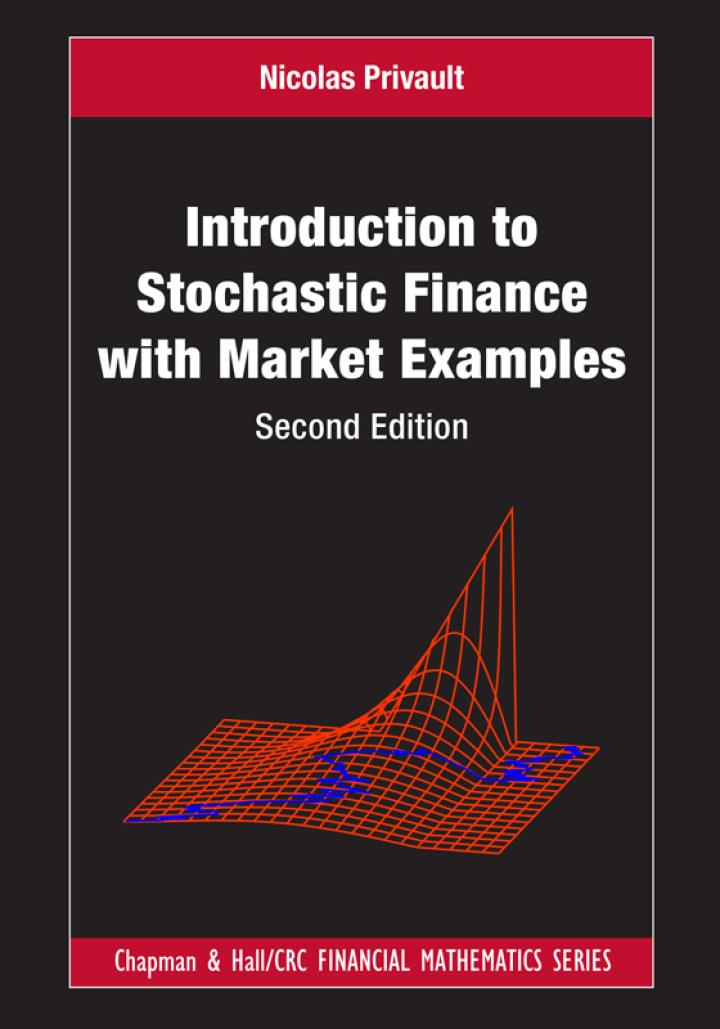Let $left(W_{t}ight)_{t in mathbb{R}_{+}}$be standard Brownian motion, and let $a>W_{0}=0$. a) Using the equality (10.2), find the
Question:
Let $\left(W_{t}ight)_{t \in \mathbb{R}_{+}}$be standard Brownian motion, and let $a>W_{0}=0$.
a) Using the equality (10.2), find the probability density function $\varphi_{\tau_{a}}$ of the first time
$$
\tau_{a}:=\inf \left\{t \geqslant 0: W_{t}=aight\}
$$
that $\left(W_{t}ight)_{t \in \mathbb{R}_{+}}$hits the level $a>0$.
b) Let $\mu \in \mathbb{R}$. By Proposition 10.4, find the probability density function $\varphi_{\tau_{a}}$ of the first time
$$
\tilde{\tau}_{a}:=\inf \left\{t \geqslant 0: \widetilde{W}_{t}=aight\}
$$
that the drifted Brownian motion $\left(\widetilde{W}_{t}ight)_{t \in \mathbb{R}_{+}}:=\left(W_{t}+\mu tight)_{t \in \mathbb{R}_{+}}$hits the level $a>0$.
c) Let $\sigma>0$ and $r \in \mathbb{R}$. By Corollary 10.5, find the probability density function $\varphi_{\tau_{a}}$ of the first time
$$
\hat{\tau}_{x}:=\inf \left\{t \geqslant 0: S_{t}=xight\}
$$
that the geometric Brownian motion $\left(S_{t}ight)_{t \in \mathbb{R}_{+}}:=\left(\mathrm{e}^{\sigma W_{t}+r t-\sigma^{2} t / 2}ight)_{t \in \mathbb{R}_{+}}$hits the level $x>0$.
Step by Step Answer:

Introduction To Stochastic Finance With Market Examples
ISBN: 9781032288277
2nd Edition
Authors: Nicolas Privault





